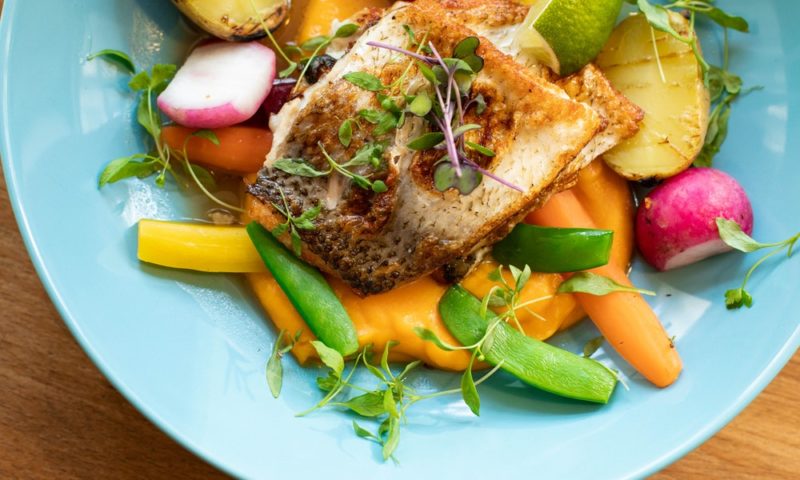Portion control can be a tricky skill to master. Even a lean and nutritious meal can pack-on the calories if you put too much of it on your plate. The issue is especially difficult when restaurants are also a culprit for serving endless amounts of appetizers, drinks and main dishes.
Portion Control Matters
In regards to portion control, leading dietitian Katie Chapmon, MS, RD, emphasizes this:
“Upon hearing the word ‘portion control,’ some may imagine tiny bites of bland, unappealing food and feelings of restriction. However, portion control isn’t about telling yourself to enjoy unappetizing meals in a limiting way. Ideally, it’s about how to make each meal enjoyable in the moment without feeling too full at the end.”
Portion control is a critical tool for weight-loss. More than that, it’s a tool for good health. Portion control helps you reduce your calorie intake while offering balanced nutrition for optimal energy. A 2012 study from Cornell University found that people actually ate 50 percent more when they were given no visual cues as to what a serving should look like.
A Rough Guide for Serving Sizes
- Proteins (meat, fish, poultry, beans): One palm-sized portion for women or two palms for men. A palm size is about the same as a deck of cards.
- Vegetables and Salads: A fist-sized portion for women and two fists for men.
- Carbohydrates (whole grains, starchy vegetables): One cupped-hand portion for women and two for men. A cupped hand is equal to half a tennis ball.
- High-fat Foods (butters, oils, nuts): One thumb-sized portion for women and two for men.
5 Practical Portion Control Tips
Containers and Food Storage
Food storage has come a long way. Now we have Tupperware of all different sizes and varieties. We also have pre-measured Ziploc bags and Bento boxes with portioned compartments. Instead of throwing your food onto a plate or in a bag or bowl, opt for a portioned food storage container that will help you eat a moderate amount.
Cutting-up Your Food
Make an effort to do this before you bring your plate to the table. When food is cut, it takes up more room on your plate. Seeing this visual may help you recognize when enough is enough. Do this before sitting down so you don’t plate a ton of food, cut it up and eat it all too.
When, Where and How?
Ask yourself these questions whenever you eat.
- WHERE am I eating? In a quiet, attentive space or in a loud, distracting environment?
- WHEN am I eating? After I wake up? Before going to bed? When I’m hungry?
- HOW am I eating? Slow and mindfully? Quickly without paying attention?
Take Your Sweet Time
Eat slowly, taking time to savor each bite and chew your food all the way. This is not only safer, but it also gives your body time to release a fullness cue that will tell you when to stop eating.
Read Food Labels
We’re all guilty of skipping over this important information at least once in a while. Before you dig into that bag of trail mix or jar of peanut butter pretzels, look at the Nutrition Facts label on the back of the package. Try to stay within those serving size suggestions.
For more information about portion control and weight management, CLICK HERE.






